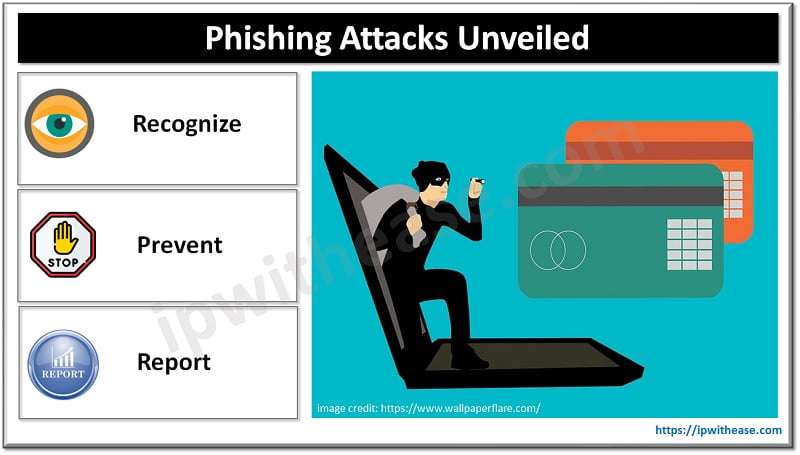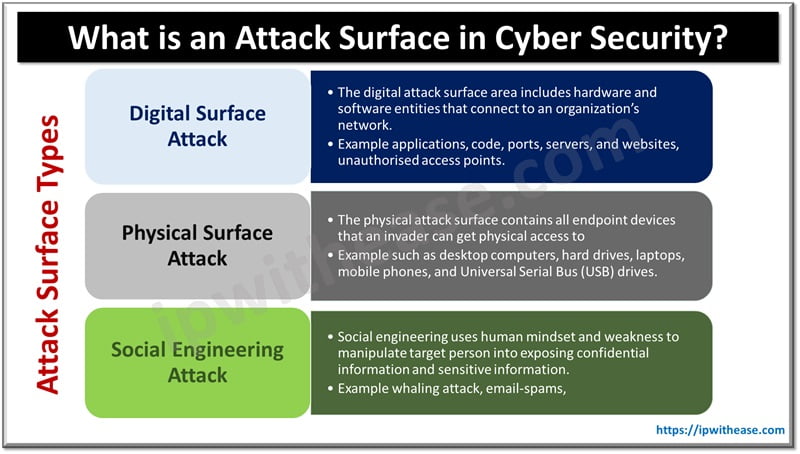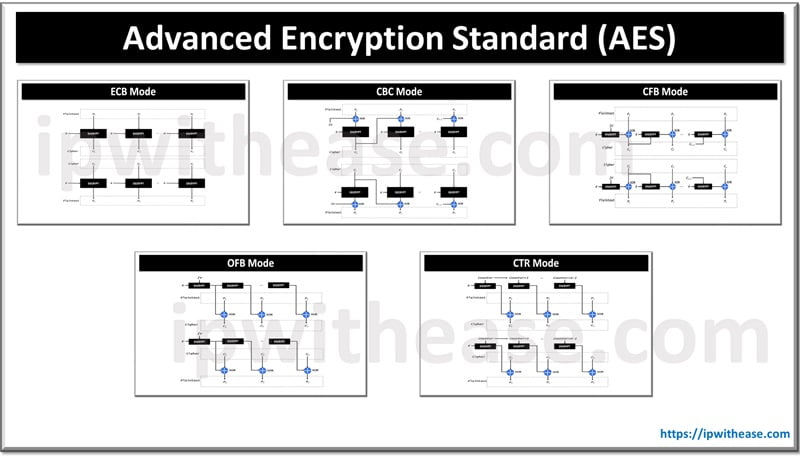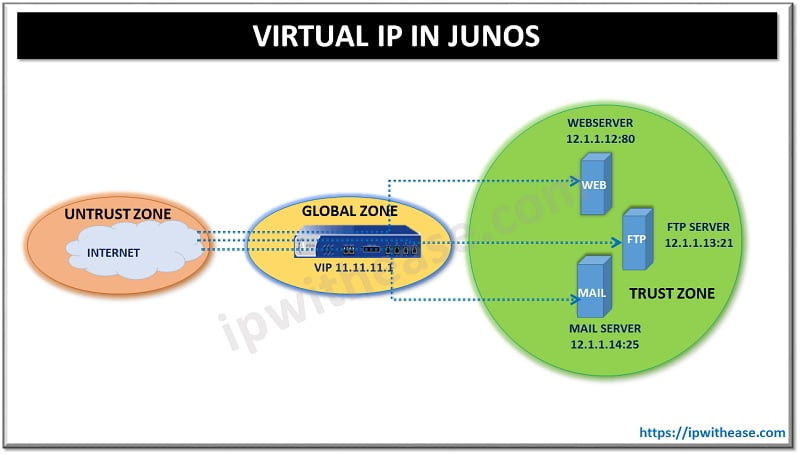One of the few notable downsides to technology integration is the rise of cybercrime. Identity theft, financial scams, extortion, and similar incidents are rampant today, threatening the personal safety of Americans and costing them an estimated $320 billion.
Phishing attacks, in particular, have increasingly become prominent among the techniques criminals adopt to launch their malicious acts. According to Verizon, 36% of data breaches in 2022 are a result of phishing. Clearly, it poses significant threats to regular citizens and organizations alike. Therefore, understanding the risks involved and learning to recognize, prevent, and report potential attacks is imperative for ensuring your safety in the digital age.

The Dangers of Phishing
Phishing attacks are widely used for extracting confidential and identifiable data—from your social security number and bank details to account passwords and tax ID.
They usually rely on impersonation techniques to win trust and mislead victims. For example, scammers may pose as your bank and ask you to verify your account information or impersonate an online retailer and urge you to log into your account through a link provided to claim a surprise gift.
The types of organizations criminals can mimic are varied. They may include social media platforms, insurance providers, hospitals, the Internal Revenue Service, and other public and private entities. Scammers could also imitate your friends, family members, neighbors, and coworkers.
Moreover, you can encounter phishing via email, phone, SMS, social media, messaging apps, and similar digital mediums. And these attacks would be meticulously designed to gain access to specific information that allows cybercriminals to carry out further crimes.
Many of them end up with some form of financial fraud, either targeting you or someone else. Identity theft is also widespread, although it may also involve financial motives. Ultimately, whatever type of phishing attack you encounter, giving away personal information to a fraudster could lead to costly outcomes.
Recognizing the Telltale Signs
Phishing threats can be incredibly deceptive and convincing. However, a few factors could serve as warning signs to help you identify a potential attack before you fall victim.
- Unexpected or unusual messages and calls
Any communication out of the ordinary is likely a hoax. For instance, a sudden social media message from a celebrity about an investment opportunity should raise immediate suspicion.
- Emotional manipulation
A false sense of urgency coupled with fear, empathy, greed, or some other powerful emotion is usually enough to push unsuspecting victims into giving away their personal information.
Consider for a moment how you would react if your bank calls requesting you to verify your ID due to an account breach. Or, what would you do if you received an email from Facebook warning you of a potential hacking attack and asking you to log in and change your password?
Once you are consumed with fear and panic, you likely will not think twice before complying in either of these instances. And that is exactly what criminals count on by resorting to emotional manipulation.
- Notable discrepancies
If you receive an unexpected call or email from an imposter mimicking someone you know well, unusual words and phrases could give away their true identity.
Even messages, emails, and websites that impersonate reputed organizations may contain similar clues. For instance, typos, grammatical errors, and differences in logos, company names, URLs, and email addresses can all point to a scam.
Preventing Phishing Attacks
Understanding how to recognize phishing is the essential first step to protecting yourself against it. But what if you detect a possible warning sign but aren’t sure whether it is a genuine threat? And what steps can you take to proactively avoid phishing fraud? Here’s what you should do.
Stay calm
Keeping emotions in check is critical when handling a potential scam. Avoid giving into fear tactics, threatening advances, and undue pressure, no matter how convincing an individual or organization may be.
Take your time to gather your thoughts without responding or acting hastily. Speak to a friend or coworker and share details about the encounter so they can help you put things in perspective.
Be curious
Separating scams from genuine incidents is often tricky. But with an inquisitive mindset, you can easily identify and avoid phishing attempts.
- Ask questions to find out more information. At some point, fraudsters are bound to slip.
- Consider whether the communication is unusual or unexpected.
- Verify URLs and email addresses against the official ones you find online to identify discrepancies. A single missing letter or an extra hyphen could be the difference between a scam and a genuine communication.
- Know who you are dealing with by reverse searching their phone number on PhoneHistory.
- Contact the relevant organization or individual using their regular contact number to confirm the details of the suspicious communication you received.
Protect personal information
Here are the essential measures to protect your identifiable data and minimize the risk of criminals accessing it:
- Never share confidential information with third parties unless there is a justifiable reason.
- Take necessary steps to curb malware-based phishing threats. For instance, protect your devices with a reliable virus guard and avoid clicking on unverified links and downloads, regardless of their source.
- Use a different password for each account. This will prevent the risk of further data breaches in the event one of your accounts is compromised.
Reporting Phishing Attempts
Whether you have become a victim of a phishing fraud or have avoided one by identifying its signs, ensure you report the incident to the relevant officials.
Alerting the entity fraudsters have impersonated is crucial to minimize the impact and prevent recurring attacks.
There are also several government organizations to inform, including the Federal Trade Commission and the Federal Communications Commission. You can also submit a complaint to the FBI’s Internet Crime Complaint Center (IC3) and your local police.
Key Takeaways
Phishing threats can result in costly and long-lasting consequences, significantly jeopardizing your personal safety. So, recognizing, preventing, and reporting them is important to protect your personal information and avoid a data breach.
Unexpected messages and calls, emotional manipulation, and discrepancies in information are typical signs that could help detect a phishing scam. Whether you notice any of these red flags or not, staying calm, being curious, and proactively guarding your sensitive data is essential for preventing and minimizing the risks. And if you think you have come across a phishing scam, ensure you curb its attempts and generate awareness by alerting the relevant government entities and the organization that was impersonated.
Continue Reading:
Whaling Phishing Attack – Cyber Security
Spear Phishing Attack: Cyber Security
ABOUT THE AUTHOR
IPwithease is aimed at sharing knowledge across varied domains like Network, Security, Virtualization, Software, Wireless, etc.



